The full detail can be read in this explanatory statement.
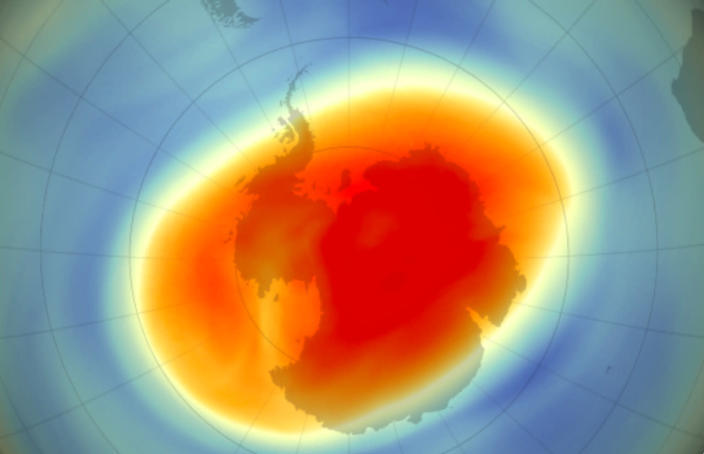
Through collaboration between industry and government, Australia has demonstrated a success rate with both healing the ozone layer and lowering greenhouse gas emissions.
Refrigerants Australia reports that by 2036, greenhouse gas emissions will have been reduced by 99% over a 45 year span.
The ozone hole over Australia and the Antarctic is on the mend and expects to be healed by 2050.
This is a remarakable achievement, considering the global popularity of CFC12, an ozone destroying refrigerant that was the most commonly used refrigerant in air conditioners and refrigerators.
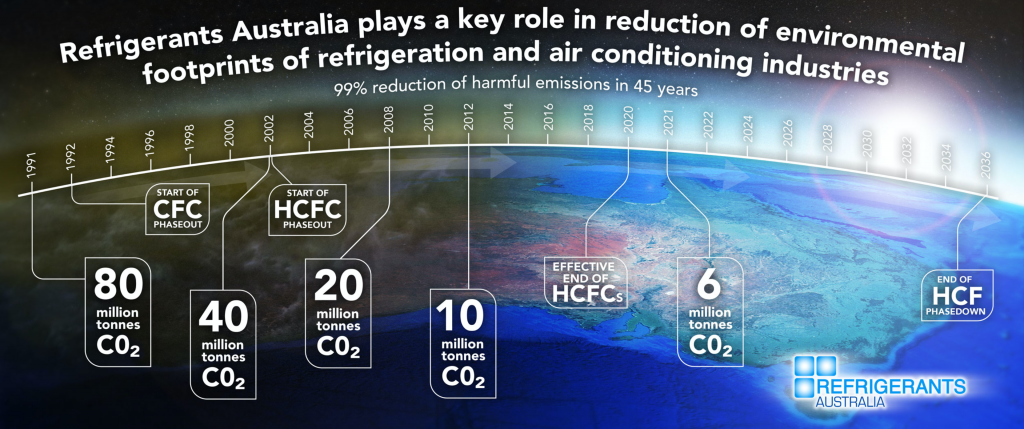
In June 2024, the Department of Climate Change, Energy, the Environment and Water released a new video aimed at reminding technicians of their permit obligations and key developments in the industry.
The video promotes the roll licensed technicians play in addressing climate change will improve awareness of the industry itself and the permit scheme most specifically.


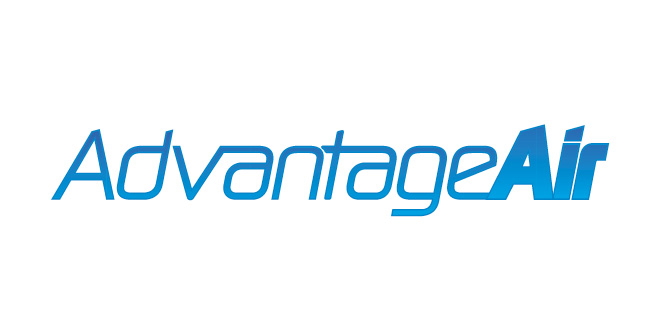



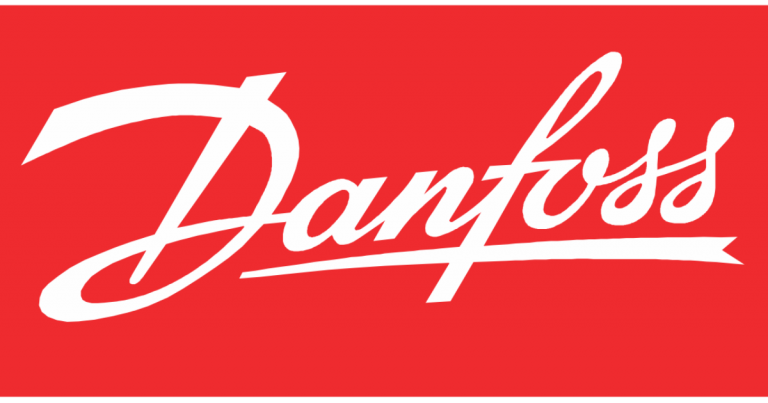




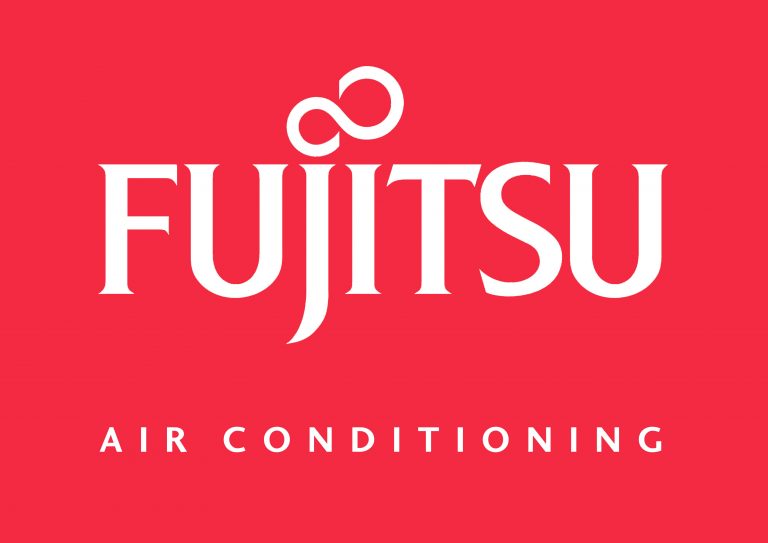
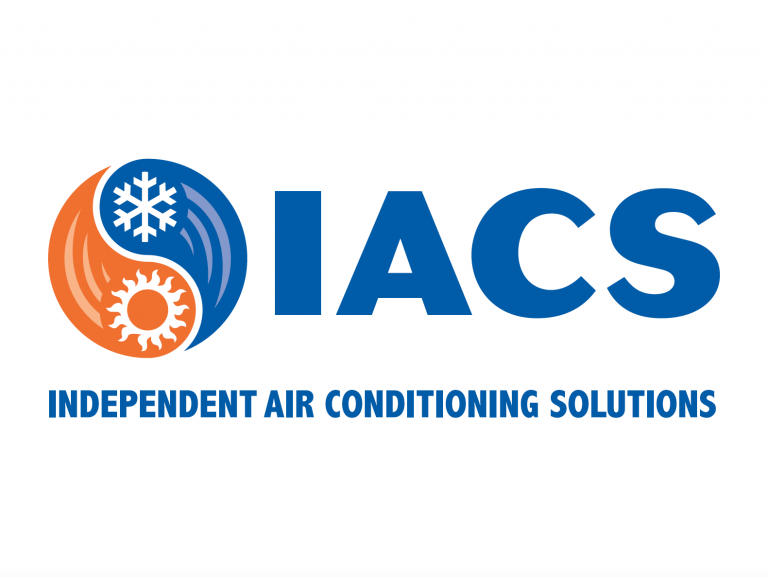
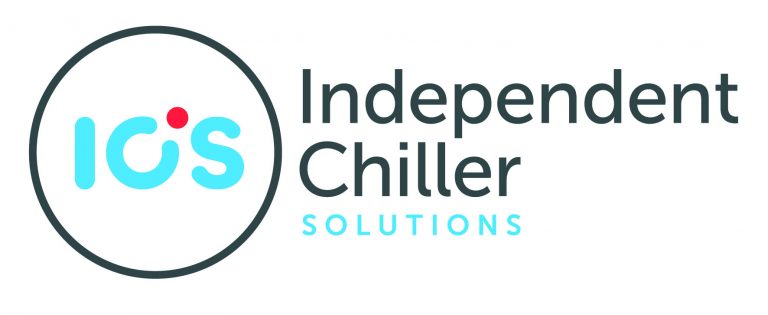


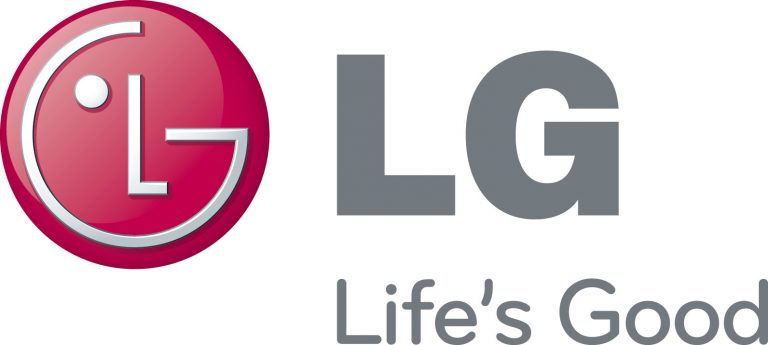
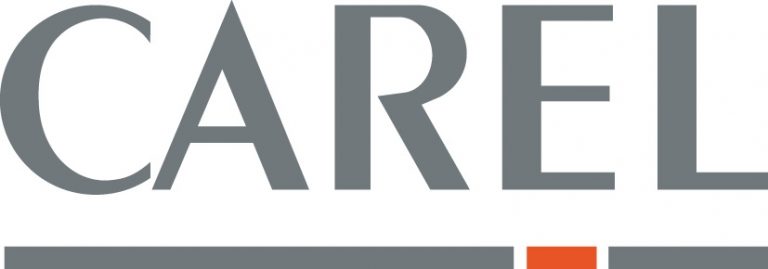



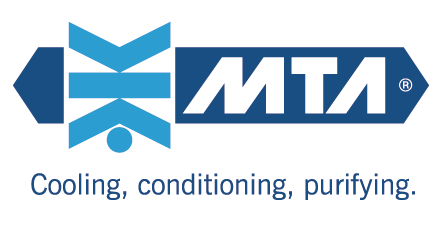

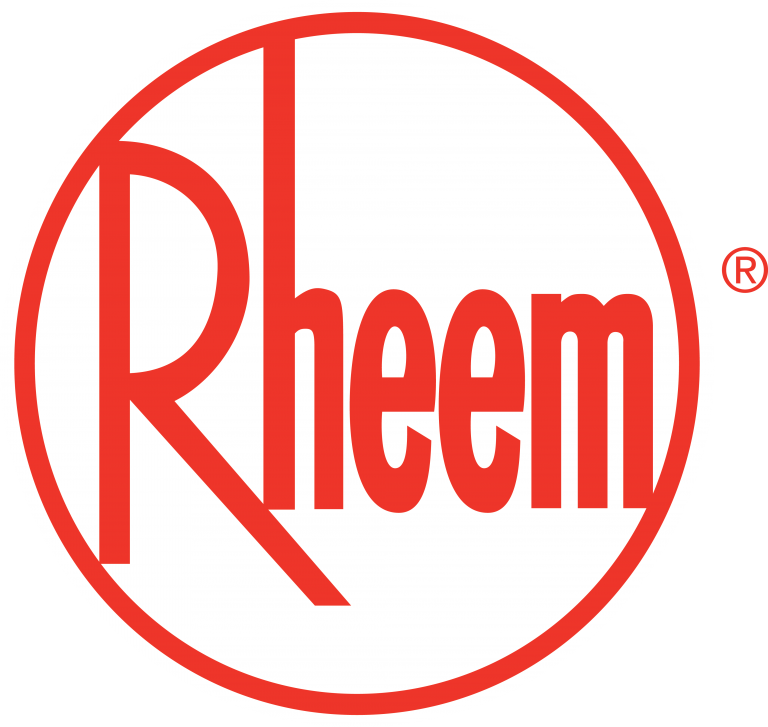




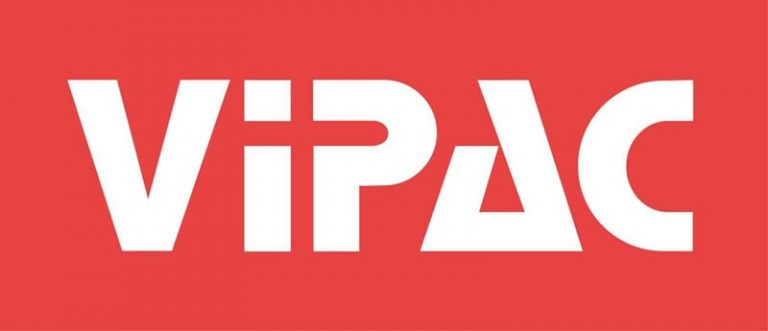































The Secretariat,
PO Box 3507
Newmarket
QLD 4051
Phone: 1300 413 011
Email: [email protected]
Airconditioning and Refrigerant Equipment Manufacturers Association of Australia
Australia’s leading HVAC industry association representing companies actively engaged in the manufacture and marketing of air filtration, air-conditioning and refrigeration equipment throughout Australia.
Please log into the site.